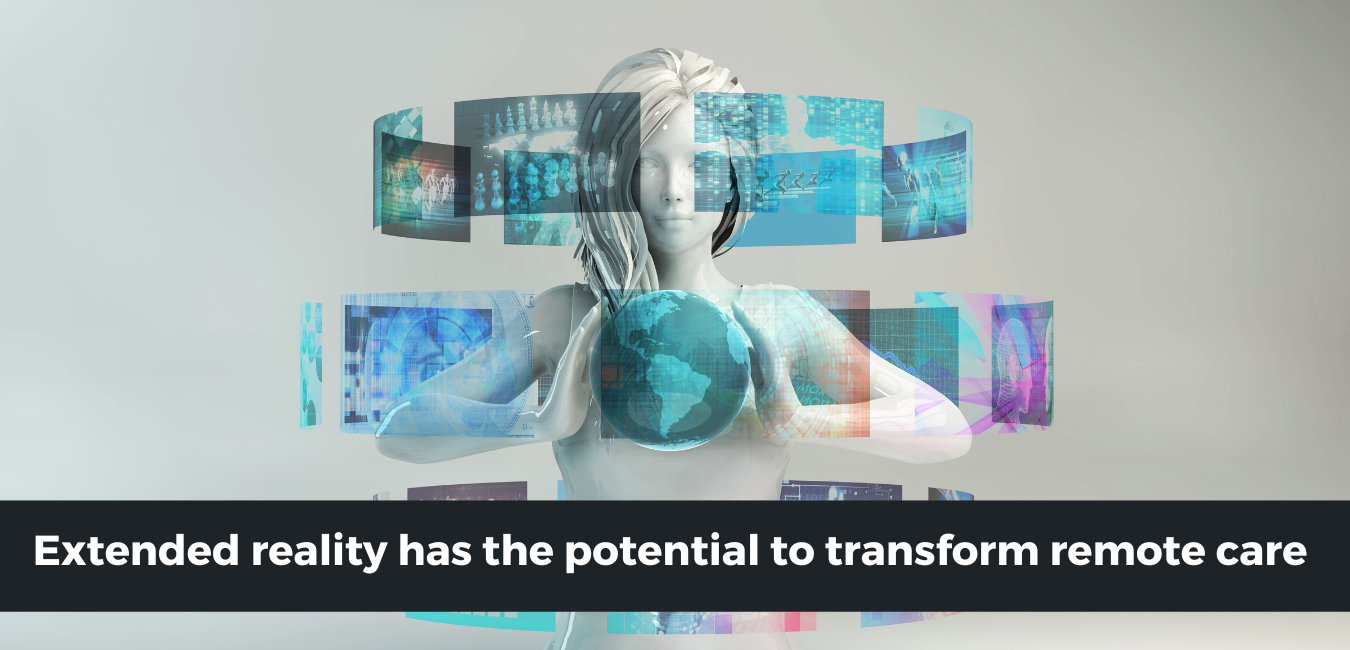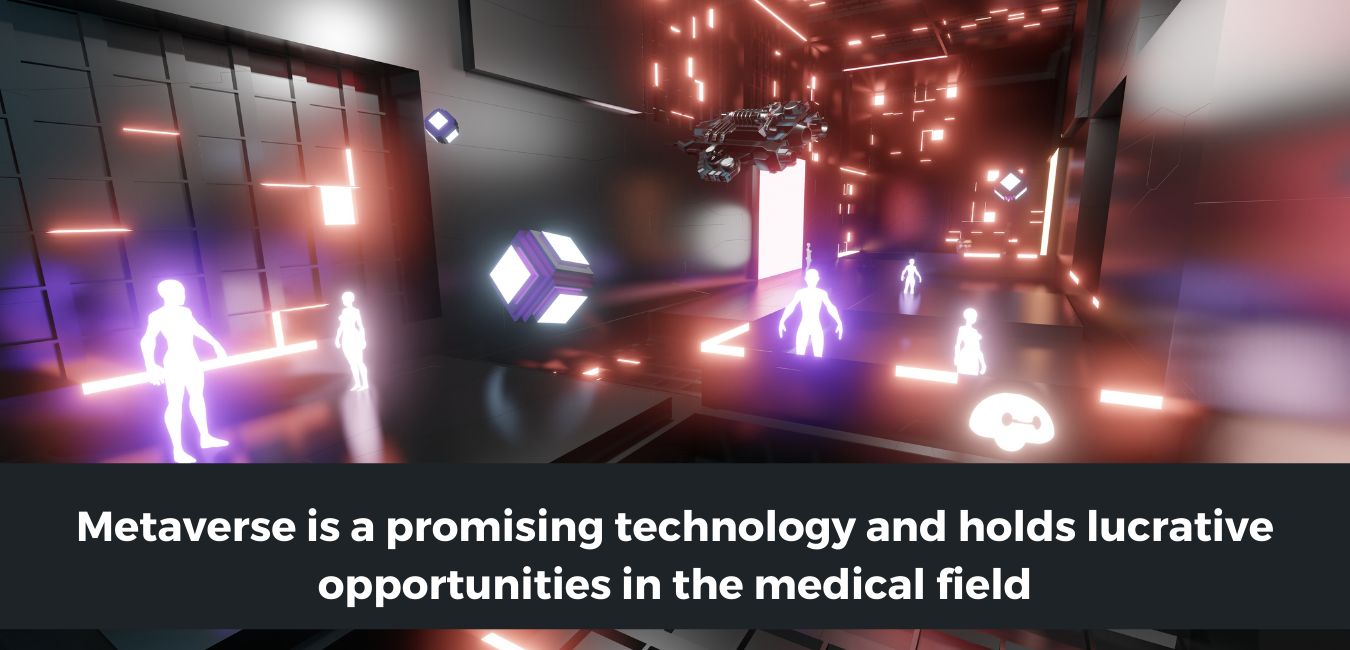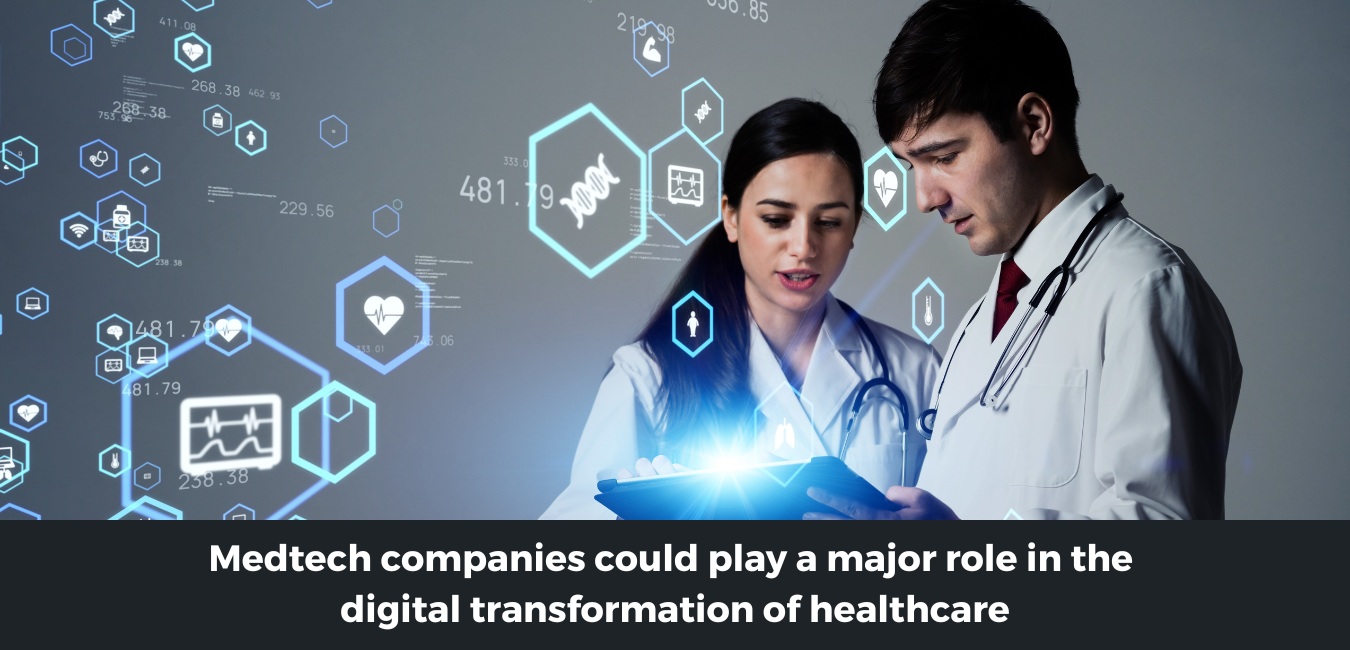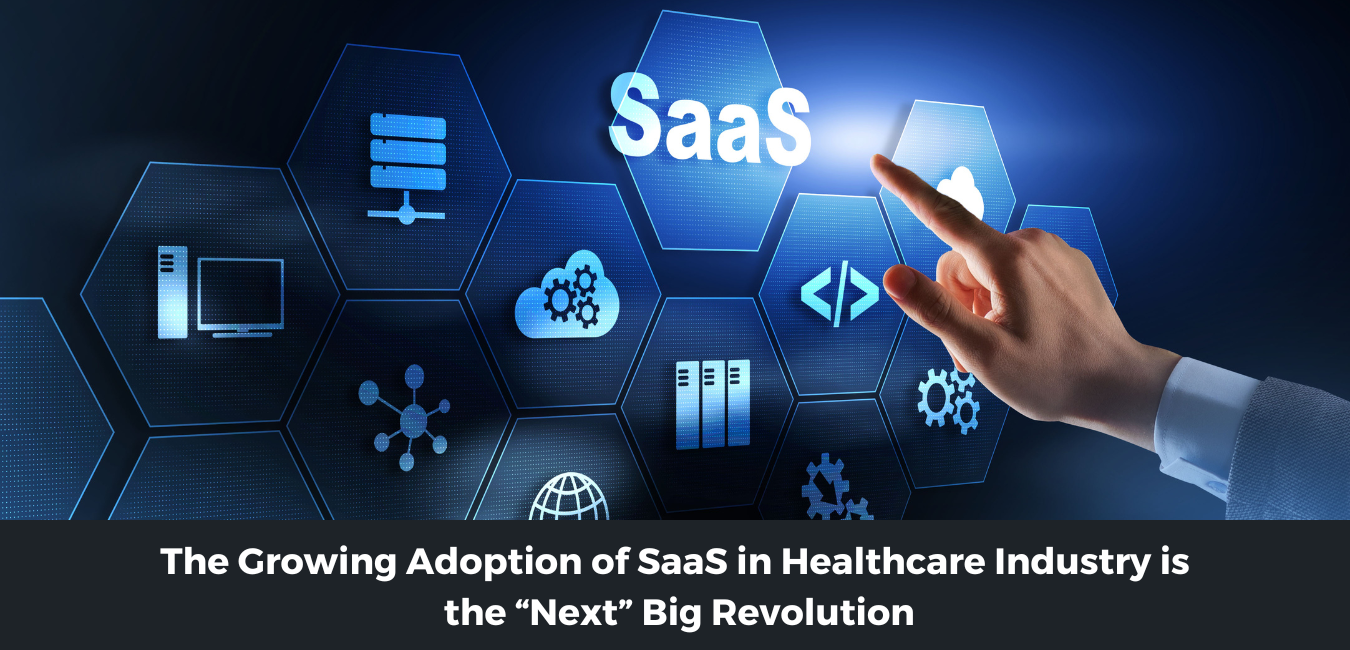Modern Drug Delivery Devices Improving Patient Experiences
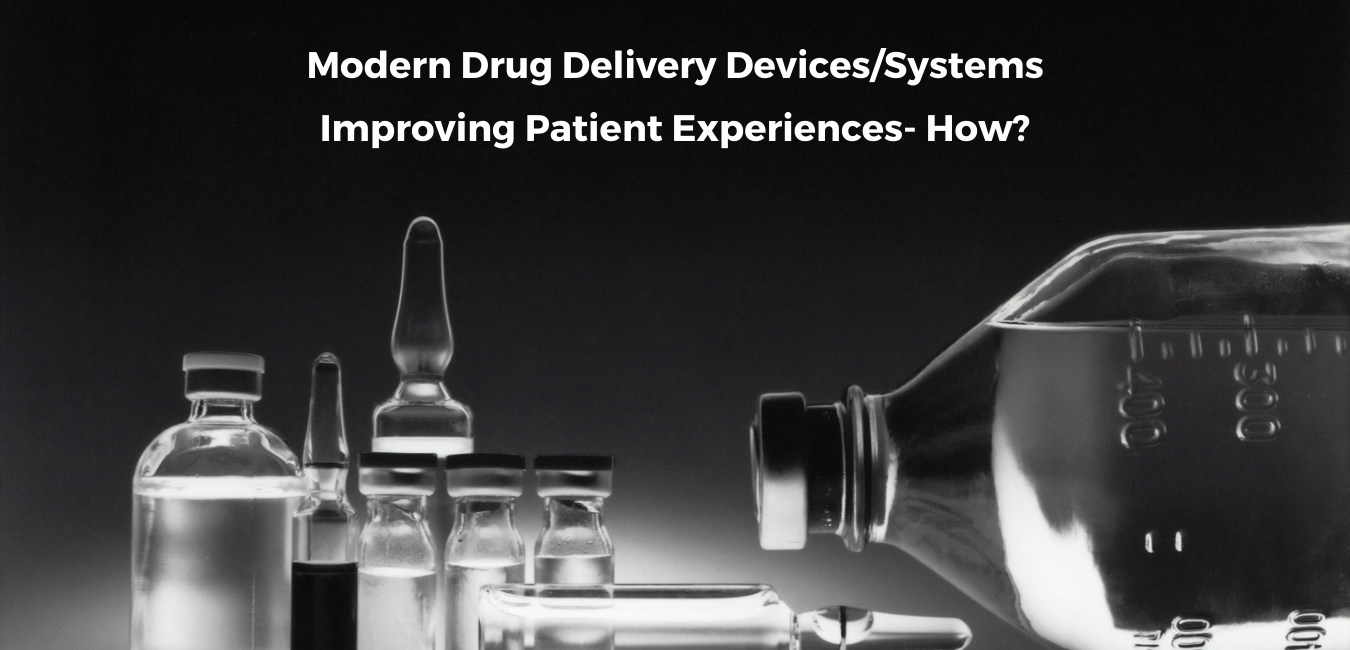
Unfortunately, what is the one thing that won't change no matter what century we live?
It's the need for medicines!
While it's sad, it's also a hard fact that no one can deny. Drugs have a role to play, from helping humans manage a simple headache all the way up to the treatment of a life-threatening disease. And guess what? It includes everything that comes in between as well.
While it's usually the drugs and their effectiveness/potency that take all the credit, it's the drug delivery technology and innovation that actually plays the trick here. It goes without saying that we live in an age of gigantic scientific innovations that promise improved health and wellness.
Surprisingly, the top 20 pharmaceutical companies alone spend approx—$ 60 billion on drug development. And you would be even more shocked to know that the cost of bringing a new drug to the market is now around $2.5 billion - that's around a 140% increase in the last decade.
Having said that, these new therapies/technologies also come with their fair share of challenges and sometimes make it difficult for the patient to receive better experiences. This is why scientists and global leaders are leaving no stone unturned to find solutions that are equally good for patients and profitable at the same time.
Drug Delivery Innovation- Decoding The Trends
More than 4000 medical entities have already been approved on a global scale. Still, meeting the ever-growing medical needs requires significant investments. This led to the approval of another set of 40 medical entities by the FDA.
And since the innovation in drug delivery technologies is increasing every year, it's tempting the scientists and drug developers to start focusing on new medicines by focusing on technology.
So, what's happening? Keep scrolling through to learn more.
Current market trends gave rise to increased regulatory demands around combination products, innovation, and digitalization. To put it another way, the regulatory authorities are trying to find how a device performs with a specific drug in question.
The industry is looking at increasing the digital experience in the drug-delivery space via apps for wellness, education, and adherence. Thus, enabling patients to access better therapeutic strategies for their respective health conditions.
Currently, pens and autoinjectors are dominating the small molecule and biologic delivery. However, there is a push towards seeking new methods. For instance, thanks to emerging drug delivery devices, there is a chance in the dosing frequency. You might be aware of AbbVie's Skyrizi biologic that's required for plaque psoriasis. The individuals will only require injections only four times per year.
Again, since the new treatments require greater dose volumes, the drug delivery devices also change accordingly. For instance, wearable injectors eliminate the need for multiple injections via autoinjectors or pre-filled syringes.
Another example where a Calif-based company creates a medicine to help patients with gout is also getting some good reviews. Why? Because they used a transdermal treatment to help the joint space within minutes by dissolving the crystals in the joints that are causing pain.
Drug Delivery Devices - The Principles Used
No matter what type of drug delivery systems a company uses, the basis of designing or end-products employs the following factors.
- Desirability: Will it be easy to use? Will the patients use it?
- Feasibility: What is the key functioning of the device? Is it possible to create? Is the platform or idea realistic?
- Viability: Will the market pay for this device? Is it economically feasible?
The scientists or researchers either opt for a technology push or patient pull principle based on these elements.
Who can forget the rhythm control mechanism or pacemaking that turned out to be one of the best developments in modern medicine known for saving millions of lives? Another example that became the topic of discussion is implantable drug-eluting devices or drug delivery systems that came into existence relatively recently.
The best part about these systems over traditional options is that they can provide localized, site-specific drug delivery options. Thus, increasing the effectiveness of the treatment and reducing the tissue damages. Further, such devices improve patient compliance. Various healthcare verticals can use the benefits of these devices like diabetes management, contraception, chronic pain management, cardiology, oncology, and so on.
Global leaders suggest that clinicians might use a range of biomarkers or genetic information and other health data to determine the drug combinations for a patient. Based on this, the drug delivery systems will also see a change.
Final Takeaways - Implementing The Change For Better Patient Outcomes
Scientists are looking for platforms that allow them to address multiple drug treatments using a single device. The aim is to provide better patient experiences. However, it is easier said than done. The differences in the volumes, dosing frequencies, and delivery options make it impossible to create such systems.
For instance, a good platform for cancer drugs might not be suitable for an autoimmune drug. Customization is the need for today when it comes to drug delivery systems. So, to create a platform, you need to consider different factors like:
- Dose-volume
- Therapeutic class
- Route of administration
- Container system
The main challenges in the drug delivery systems are usually around protection, transportation, and releasing biologically active compounds at the right time. In the past, drug nanocarriers contributed to providing precision therapy.
Unless you create a device for a specific therapy, it would be good that the device has certain customizations available to meet the desired outcomes. Remember, the future of health is revolving around emerging technologies and digital transformation.
By 2040, data streams will merge together and create a multifaceted and highly personalized picture that will allow the industry to enhance consumer's well-being and outcomes. The next twenty years will change the ideology from prescription medicines to personalized therapies based on genomics, metabolome, microbiome, and other clinical information.
In short, robotics, nanotechnology, tissue engineering will reduce the need for pharmaceutical intervention. So, what do you think will be the next innovation in this sector? Will these systems help the healthcare industry engage the consumers of today? Please share your views with us!



